搜索结果: 'methocult media formulations for human hematopoietic cells serum containing'
-
 7-AAD(7-氨基放线菌素D) 细胞活性染料(DNA标记染料)
7-AAD(7-氨基放线菌素D) 细胞活性染料(DNA标记染料) -
 8-Bromo-cAMP cAMP通路激活剂;激活cAMP依赖性激酶
8-Bromo-cAMP cAMP通路激活剂;激活cAMP依赖性激酶 -
 9-顺式视黄酸 维甲酸通路激活剂;可激活视黄酸受体(RAR)和类视黄醇X受体(RXR)
9-顺式视黄酸 维甲酸通路激活剂;可激活视黄酸受体(RAR)和类视黄醇X受体(RXR) -
 96孔PCR磁力板 无柱核酸提取磁极
96孔PCR磁力板 无柱核酸提取磁极 -
 A 83-01 激活素/NODAL/TGF-β 通路抑制剂;抑制 ALK5、ALK4 和 ALK7
A 83-01 激活素/NODAL/TGF-β 通路抑制剂;抑制 ALK5、ALK4 和 ALK7 -
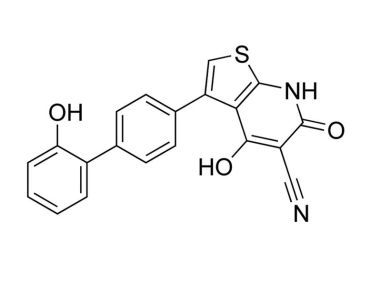 A769662 AMPK活化剂
A769662 AMPK活化剂 -
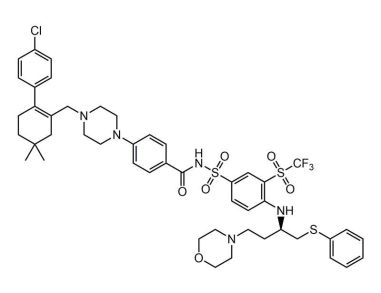 ABT-263 B细胞淋巴瘤2家族抑制剂
ABT-263 B细胞淋巴瘤2家族抑制剂 -
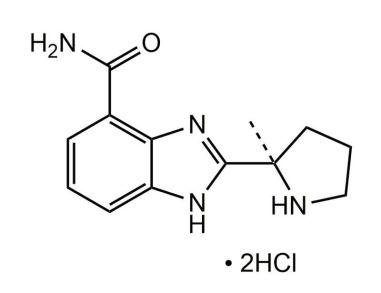 ABT - 888(二盐酸盐) PARP1和PARP2抑制剂
ABT - 888(二盐酸盐) PARP1和PARP2抑制剂 -
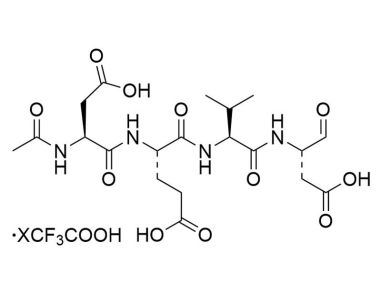 Ac-DEVD-CHO 抑制半胱天冬酶-3和半胱天冬酶-7
Ac-DEVD-CHO 抑制半胱天冬酶-3和半胱天冬酶-7 -
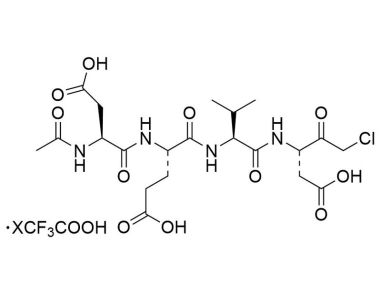 Ac-DEVD-CMK 抑制半胱天冬酶-3,-6,-7,-8和-10
Ac-DEVD-CMK 抑制半胱天冬酶-3,-6,-7,-8和-10 -
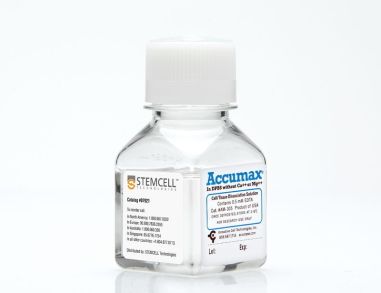 ACCUMAX™ 细胞分离溶液
ACCUMAX™ 细胞分离溶液


 EasySep™小鼠TIL(CD45)正选试剂盒
EasySep™小鼠TIL(CD45)正选试剂盒






 沪公网安备31010102008431号
沪公网安备31010102008431号